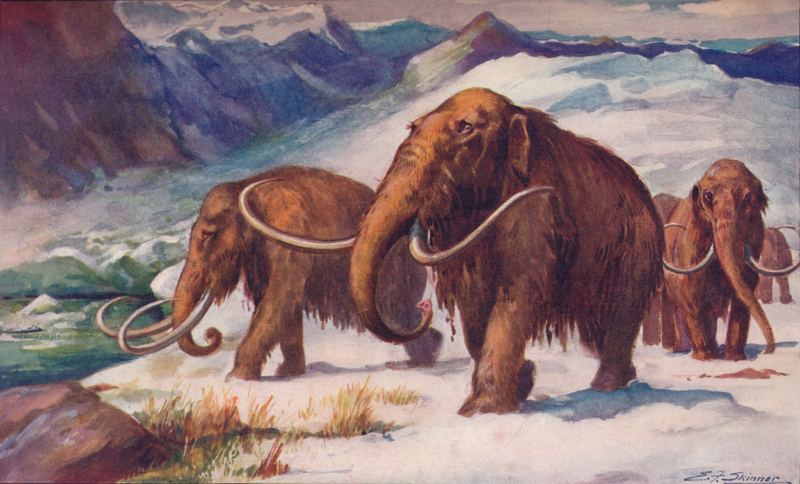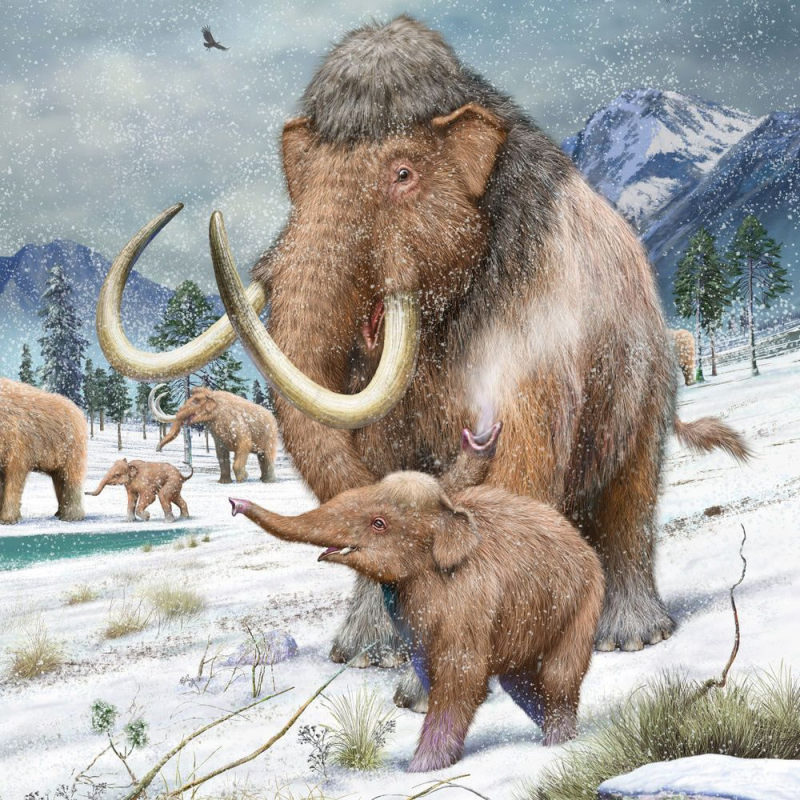Sharing Molecular Structure with the Wooly Mammoth
Around the same period, wooly mammoths and neanderthals both lived on Earth. Given their 12,000-pound size and the Neanderthals' better hunting abilities, woolly mammoths were frequently the prey. Recent discoveries have revealed molecular similarities between Neanderthals and wooly mammoths, providing an exceptional illustration of convergent evolution.
The ancestors of woolly mammoths, Mammuthus rumanus, originated in Africa and remained there before emigrating to Eurasia. Through this migration, they were able to adapt to Eurasia's unique climate, which was colder than that of Africa. When these genomes were mapped and separated, their physiology was one that could cope with these conditions.
Neanderthals, who are believed to have originated in Africa and then immigrated to Eurasia, likewise had to adjust to these radically different environmental factors. The analysis of both genomes has provided data that suggests they probably evolved to these circumstances at the same time, sharing ecological niches and eating woolly mammoths. This has led to the tenable conclusion that, as a result of migration and adaption to their new environments, woolly mammoths and Neanderthals both have commonalities in their molecular structure.












